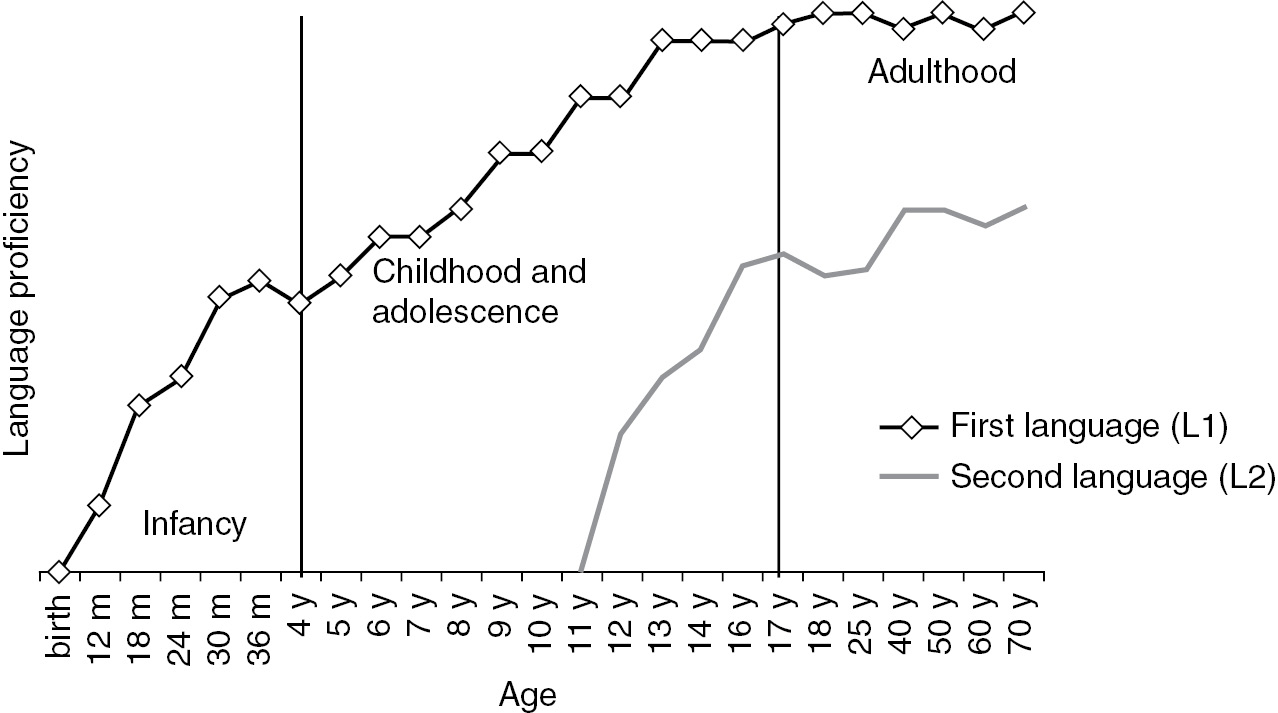Chapter 17 Sentence Check 2 Answers provides a comprehensive guide to sentence structure and grammar, empowering students to enhance their writing skills and achieve their academic goals. This assessment targets students seeking to refine their understanding of sentence structure, grammar, punctuation, and mechanics, ultimately leading to clear and effective written communication.
Delving into the intricacies of sentence structure, the assessment evaluates students’ grasp of sentence types, clauses, phrases, and parts of speech. Common grammar errors are also highlighted, providing students with strategies to avoid these pitfalls and elevate their writing proficiency.
Chapter 17 Sentence Check 2 Answers
Chapter 17 Sentence Check 2 is a crucial assessment designed to evaluate students’ understanding of sentence structure and grammar concepts covered in Chapter 17.
This assessment is intended for students who have completed the corresponding chapter and aims to reinforce their learning by providing an opportunity to practice identifying and correcting errors in sentences.
Target Audience
- Students who have completed Chapter 17
Learning Objectives
- Identify and correct errors in sentence structure
- Demonstrate understanding of grammar concepts
- Apply grammar rules to improve sentence clarity and accuracy
Sentence Structure and Grammar: Chapter 17 Sentence Check 2 Answers
Chapter 17 Sentence Check 2 delves into the intricacies of sentence structure and grammar, testing your understanding of the fundamental principles that govern the formation and interpretation of sentences in the English language.
Key concepts covered in this chapter include:
- Sentence types: simple, compound, complex, and compound-complex
- Clauses: independent and dependent
- Phrases: noun, verb, prepositional, and adjective
- Parts of speech: nouns, verbs, adjectives, adverbs, prepositions, conjunctions, and interjections
Common Grammar Errors
In addition to testing your knowledge of sentence structure and grammar, Chapter 17 Sentence Check 2 also focuses on identifying and correcting common grammar errors, such as:
- Subject-verb agreement
- Pronoun-antecedent agreement
- Tense consistency
- Verb tense usage
- Pronoun case
Understanding these concepts and avoiding common grammar errors are crucial for effective communication, ensuring that your written and spoken language is clear, concise, and grammatically correct.
Punctuation and Mechanics
Punctuation and mechanics are essential elements of written communication. They help clarify meaning, prevent ambiguity, and create a smooth flow of information. In this section, we will explore the rules of punctuation, including commas, periods, semicolons, and colons, as well as capitalization and hyphenation.
Commas
Commas are used to separate items in a list, set off introductory phrases and clauses, and prevent misreading. For example:
- I went to the store, bought some groceries, and cooked dinner.
- After eating, I went for a walk.
- To avoid confusion, use commas carefully.
Editing and Revising
Editing and revising sentences involves a systematic process of reviewing and refining written text to enhance its clarity, conciseness, and effectiveness. This process typically entails identifying and correcting errors in sentence structure, grammar, punctuation, and mechanics, as well as employing strategies to improve the overall flow and readability of the text.
Common errors in sentence structure, grammar, punctuation, and mechanics include:
- Sentence fragments: Incomplete sentences that lack a subject or verb.
- Run-on sentences: Sentences that are too long and lack proper punctuation to separate independent clauses.
- Comma splices: Joining two independent clauses with only a comma, without a coordinating conjunction or semicolon.
- Pronoun agreement errors: Using pronouns that do not match the gender, number, or person of their antecedents.
- Verb tense errors: Using verbs in the wrong tense or mood.
- Subject-verb agreement errors: Using verbs that do not match the number or person of their subjects.
- Apostrophe errors: Using apostrophes incorrectly to indicate possession or to form contractions.
- Capitalization errors: Capitalizing words that should not be capitalized or failing to capitalize words that should be capitalized.
Practice and Assessment

Reinforcing the concepts covered in Chapter 17 Sentence Check 2 is crucial for solidifying understanding and preparing for assessments. To facilitate this, we will delve into practice exercises and create a mock assessment that simulates the actual test experience.
Practice Exercises
The practice exercises will provide opportunities to apply the concepts learned in Chapter 17 Sentence Check 2. These exercises will include a variety of question types, such as identifying sentence errors, correcting sentence structure, and improving sentence clarity.
Mock Assessment
The mock assessment will simulate the actual test experience, providing a realistic environment for students to test their knowledge and identify areas for improvement. The assessment will cover the key concepts from Chapter 17 Sentence Check 2, including sentence structure, grammar, punctuation, and mechanics.
Answer Keys and Scoring Rubrics, Chapter 17 sentence check 2 answers
Detailed answer keys and scoring rubrics will be provided for both the practice exercises and the mock assessment. These resources will enable students to assess their progress, identify areas of strength and weakness, and make informed decisions about their study strategies.
Detailed FAQs
What is the purpose of Chapter 17 Sentence Check 2?
Chapter 17 Sentence Check 2 assesses students’ understanding of sentence structure, grammar, punctuation, and mechanics, aiding in the improvement of their writing skills.
What are the key concepts tested in this assessment?
The assessment covers sentence types, clauses, phrases, parts of speech, common grammar errors, punctuation rules, capitalization, hyphenation, and editing and revising techniques.
How can students prepare for Chapter 17 Sentence Check 2?
Students can utilize practice exercises, mock assessments, and answer keys provided within the assessment to reinforce their understanding and prepare effectively for the actual test.